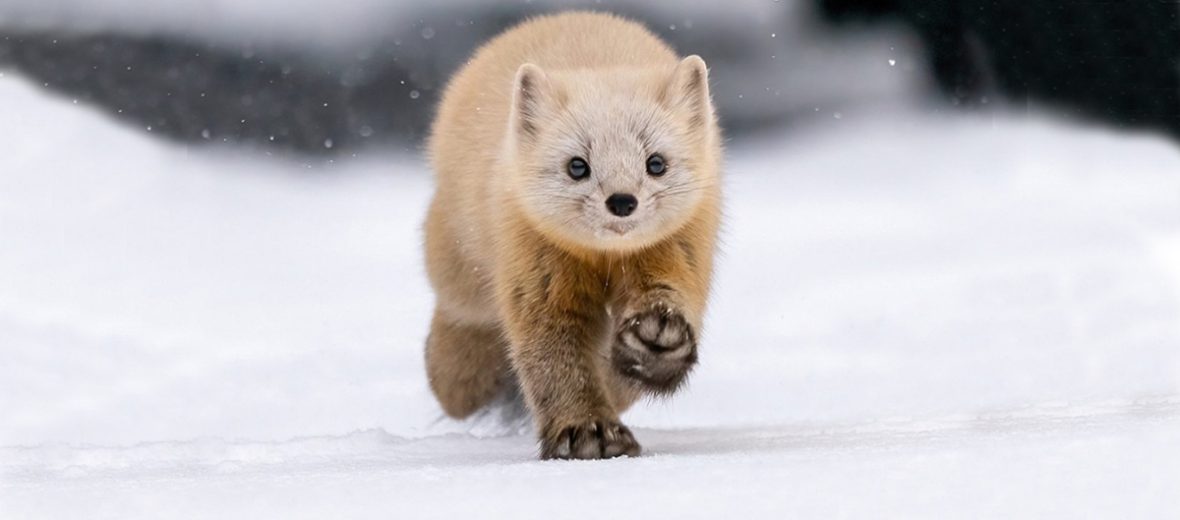
The Japanese marten can be found in the Honshu, Kyushu, Shikoku regions of Japan and potentially in the southern Korean Peninsula. They prefer broad-leaved forest habitats, but can also be found in suburban settings. Japanese martens face the threats of habitat destruction at the hands of the logging industry, and they also have to deal with invasive species (and with them disease). However, their numbers are stable and thus listed as Least Concern by the IUCN.
First the Stats…
Scientific name: Martes melampus
Weight: Up to 2.2 lbs.
Length: Up to 19.7 inches, plus up to a 7.9 inch tail
Lifespan: Up to 12 years
Now on to the Facts!
1.) There are 2 identified subspecies of Japanese marten: M. m. tsuensis and M. m. melampus.
2.) Males are larger than females.
3.) Both males and females are solitary and territorial. They only come together to mate.
4.) Japanese martens are nocturnal (active at night).
5.) A group of martens, although rare to see, is called a richness or richesse.
But wait, there’s more on the Japanese marten!
6.) They prey on mice, rats, moles, hares, fish, frogs, lizards, smaller birds, and insects. These critters will also consume seeds, and fruit.
7.) Territories are denoted via scent markings.
Did you know…?
Japanese martens were named as a Natural Monument Species in Japan in 1971.
8.) Females undergo up to a 250 day gestation (pregnancy) that yields up to 5 kits.
9.) Kits are born altricial (blind, deaf, and helpless).
10.) After up to 4 months, the kits are weaned and leave mom to start their own life and establish their own territories.
Now a Short Japanese Marten Video!
Be sure to share & comment below! Also, check out the Critter Science YouTube channel. Videos added regularly!
Want to suggest a critter for me to write about? Let me know here.



